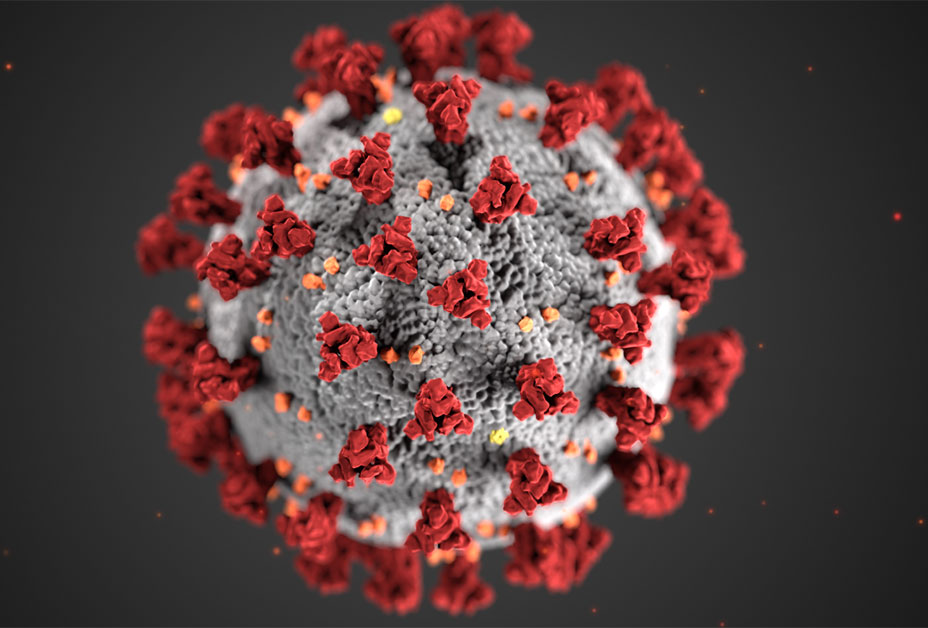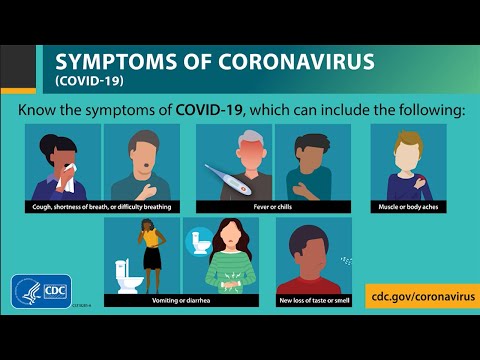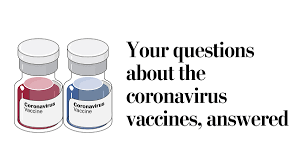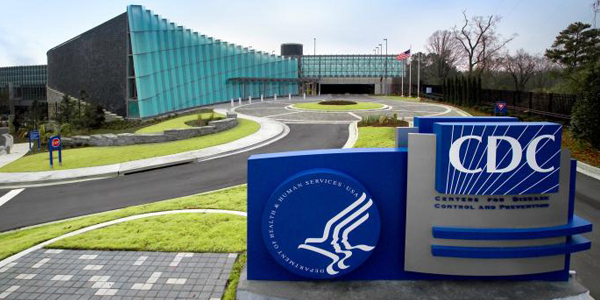
CDC COVID Guidelines for Quarantine
The CDC Covid Guidelines for Quarantine have been updated for fully vaccinated persons, recommending, among other things, that fully vaccinated people be tested 5-7 days after close contact with a person who has suspected or confirmed COVID-19. The CDC’s “When You’ve Been Fully Vaccinated” guideline has also been updated to include the same recommendation.
The Centers for Disease Control and Prevention (“CDC”) provided new recommendations for fully vaccinated persons in non-healthcare settings, which states that if fully vaccinated employees remain asymptomatic after exposure to COVID-19, they are no longer required to be restricted from work. Two weeks after receiving a single-dose vaccination, or two weeks after receiving the second dose of a two-dose series vaccine, people are considered completely immunized. Employers should check to see if their state and municipal guidelines have been revised to match the CDC’s recommendations. During the pandemic, employers should continue to follow state and local rules for employee and workplace safeguards, including fully vaccinated staff.
CDC COVID Guidelines – Isolation, Quarantine, and Testing Recommendations

- For fully vaccinated persons, the guideline includes the following isolation, quarantine, and testing recommendations:
COVID-19 symptoms in fully vaccinated persons should be isolated from others, clinically assessed for COVID-19, and tested if necessary. At the time of presentation to care, an asymptomatic fully vaccinated individual should advise their healthcare practitioner of their vaccination status. - Following an exposure to someone with suspected or confirmed COVID-19, most fully vaccinated persons with no COVID-like symptoms do not need to be quarantined, restricted from work, or tested. Fully vaccinated persons should continue to watch for COVID-19 symptoms for 14 days after exposure, and if they do, they should separate themselves from others, be clinically examined for COVID-19, and obtain treatment.
- Following contact with someone with suspected or confirmed COVID-19, most fully vaccinated persons with no COVID-like symptoms do not need to be quarantined, restricted from work, or tested. Fully vaccinated people should continue to monitor for COVID-19 symptoms for 14 days after exposure, and if they do, they should isolate themselves from others, be clinically evaluated for COVID-19, get tested if necessary, and inform their health care provider of their vaccination status at the time of presentation to care.
- If possible, fully vaccinated persons who have no COVID-19-like symptoms and have never been exposed to someone with suspected or confirmed COVID-19 should be excused from routine screening testing programs.
CDC COVID Guidelines: For Fully Vaccinated Persons
- Visit with other fully vaccinated people in private indoor settings without masks or physical separation under the new advice.
- Indoors, without masks or physical separation, visit unvaccinated persons (including children) from a single household who are at low risk for severe COVID-19 illness.
- Except in some crowded situations and places, participate in outdoor activities and enjoyment without wearing a mask.
- Resume domestic travel and avoid testing before or after travel, as well as self-quarantine.
- Avoid testing before leaving the United States for overseas travel (unless the location requires it) and refrain from self-quarantine once you’ve returned.
- If asymptomatic, avoid testing after a known exposure, with few exceptions for specialized conditions.
- Avoid testing before leaving the United States for overseas travel (unless the location requires it) and refrain from self-quarantine once you’ve returned.
- If asymptomatic, avoid testing after a known exposure, with few exceptions for specialized conditions.
- If you’re asymptomatic after a known exposure, don’t put yourself in isolation.
- If you’re asymptomatic and it’s possible, skip routine screening tests.
Precautions to Be Taken: Fully Vaccinated Persons

- Take care in indoor public settings, including wearing a well-fitting mask, according to the advice.
- When visiting inside with unvaccinated persons who are at risk for severe COVID-19 disease or who have an unvaccinated household member who is at risk for severe COVID-19 disease, use well-fitted masks.
- When going indoors with unvaccinated persons from several families, wear well-fitting masks.
- Indoor large-scale in-person meetings should be avoided.
- If you’re having COVID-19 symptoms, get checked.
- Follow any instructions given by your employer.
- Follow the guidelines and recommendations of the Centers for Disease Control and Prevention (CDC) and the Department of Health and Human Services (HHS).
Other Outside-the-House Activities Fully vaccinated persons participating in indoor social events in public places should continue to wear a well-fitting mask, according to the guidelines. Fully vaccinated persons can participate in various outdoor activities without a mask at little risk to themselves or others, according to the guidelines. While it is typically safe for vaccinated persons to go outside without a mask, it is suggested that masking be required in crowded settings and locations where there is a diminished ability to maintain physical distance until extensive vaccination coverage is reached, according to the guidelines.
Although the likelihood of COVID-19 spreading in outdoor settings is minimal, especially among people who have been vaccinated, the following variables might enhance the risk:
Community transmission that is moderate, significant, or high.
- Persons at risk of severe COVID-19 illness or settings with a larger number of unvaccinated people (including children).
- Duration of your visit
- When there is a lack of physical distance or when there is a lack of capacity to maintain it.
- Activities that require singing, yelling, physical activity, or heavy breathing, as well as the inability to wear a mask or maintain physical distance.
FAQs

What exactly is MIS-C (a multisystem inflammatory syndrome in children)?
The heart, lungs, kidneys, brain, skin, eyes, or gastrointestinal systems can all become inflamed in multisystem inflammatory syndrome in children (MIS-C), which is an uncommon but deadly illness linked to COVID-19.
How does the virus spread?
COVID-19 is transmitted in three ways:
- When near an infected individual who is breathing minute droplets and particles containing the virus, inhaling air.
- Having virus-carrying droplets and particles land in the eyes, nose, or mouth, particularly through splashes and sprays such as a cough or sneeze.
- Touching the eyes, nose, or mouth with virus-infected hands.
